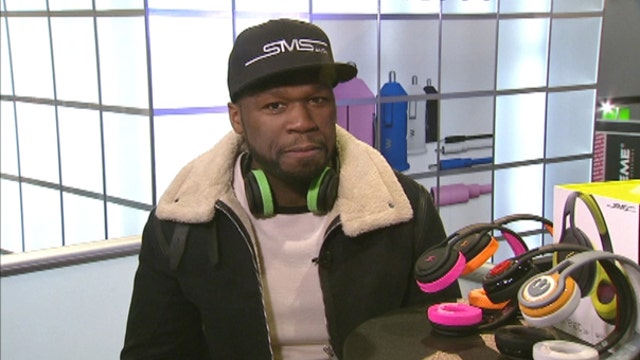The Coolest Tech Startups at CES 2014
At the 2014 International CES, amid all the new tablets and smartphones and audio systems and mega-huge TVs, is an area called Eureka Park. It's where technology startups come together to show off their shiny gadgets and services. It's where entrepreneurialism and innovation bubble over at the big tech show. It's fun. It's inspiring. And the enthusiasm is contagious.
I spent time checking out the startups and speaking with the entrepreneurs behind these big ideas. While this is by no means an exhaustive list, here are a few of the startups I found particularly interesting:
LifeLogger We already have Google Glass, so do we really need another camera on our face? Well, until someone creates a similar app or service for Glass, LifeLogger seems pretty cool.
It's a tiny, extraordinarily light camera that you can wear on a type of headband that shoots video as you walk around. The video is streamed to the LifeLogger cloud service where it is stored.
The LifeLogger service is smart. It can read and identify the words on signs, so it knows the places you walked by. It can add geo-tags so you remember which areas or regions you were in. It can also identify voices and faces, so it can help you remember who you were with.
"This is the future of augmented memory," LifeLogger's Drago Bojkov said. LifeLogger can be useful for marketers and online bloggers, for people who love to travel and even for educational purposes. ow to Catch On
Related: The Connected Home: A Huge Opportunity But Slow to Catch On
Mojio You've probably heard of car insurance companies that install technology on vehicles to monitor things like how often you use the car, how fast you drive, etc.
Mojio is a startup that wants to put everything you can ever want to know about your vehicle into the palm of your hand via a smartphone app.
Mojio is a cloud-connected device that plugs into your vehicle's diagnostics port (works with any vehicle made after 1996) and monitors details such as such as speed, fuel level, location and more. The connection can also alert you if your car is being towed or broken into, the company says.
Because the device is attached to the car and synced to the cloud, the information is always on and available, no matter if you and your smartphone are near the car or not. So, for instance, you can lend your car to someone and you can be notified the moment your car is driven outside a pre-determined area, or gets into an accident. Pretty cool.
Launching in beta next month, Mojio is expected to release its first official version sometime in the second quarter. The company says it is working with a host of developers, including car companies, retailers and auto service providers to create their own apps for cars that will be supported by Mojio.
Related: Intel Wants to Make Computers Think More Like Humans
Bounce Imaging I included this Boston-based company in my preview of this year's CES. The idea and the technology is impressive.
Started by MIT M.B.A. students Francisco Aguilar and David Young, Bounce Imaging Inc. develops low-cost, throwable sensors and cameras. The goal: make it so first responders don't have to enter dangerous rooms or situations blind. The shape and approximate size of a baseball, the ball rolls into a space and six wide-angle lenses capture pictures and record audio. The data is transmitted over Wi-Fi and the images are stitched together to give you a complete visual idea of what a space looks like and who or what is in it.
The device can also detect radiation and carbon monoxide levels. It seems like it would be perfect for first responders and perhaps the military.
Related: A Tech Entrepreneur's Insider Tips for Exhibiting at CES
The Clio from ClearView Audio I must admit, I don't usually get excited by audio tech. And I don't pretend to be any kind of expert. But the Clio from ClearView Audio caught my eye for one simple reason: You can barely see it.
This speaker system features a curved, "optically clear" acrylic glass that dispenses sound waves in multiple directions. The sound is produced by stereo speakers and a two-inch subwoofer.
Translation: if you're tired of the typical black box audio system, this one might be worth a test drive. I tried to take a picture of the device but, really, there wasn't any point. As the company says, it virtually disappears.
Related: A True Transformer: Asus Announces a Laptop-Tablet That Runs Android and Windows
This post originally appeared at Entrepreneur. Copyright 2014.
